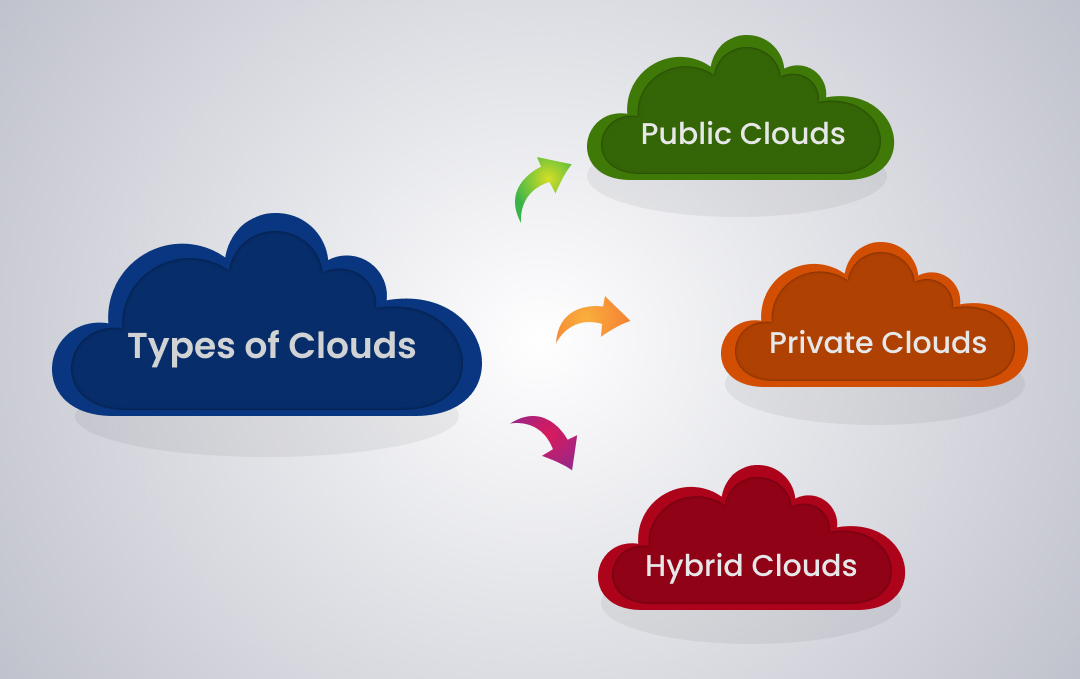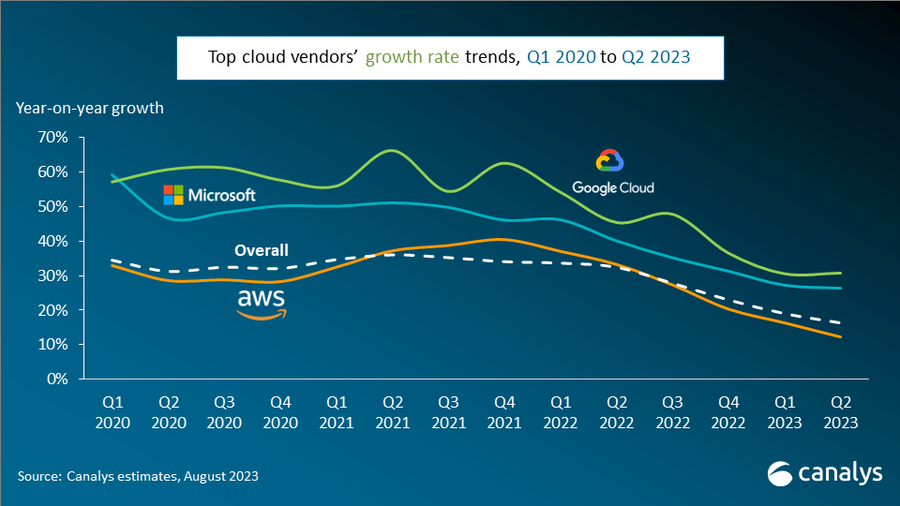Harnessing the Possible of Cloud Solutions for One-upmanship out there

Benefits of Cloud Provider

Cost-efficiency is one more significant advantage of cloud solutions, as business can avoid big ahead of time investments in equipment and software. Generally, the advantages of flexibility, scalability, and cost-efficiency make cloud services a beneficial asset for business looking for an affordable side in today's vibrant market landscape.
Cloud Movement Techniques
Cloud movement requires precise planning and smooth implementation to ensure a smooth transition of electronic properties to cloud-based settings. Organizations embarking on this journey needs to initially conduct a detailed analysis of their current IT infrastructure, applications, and data to establish one of the most suitable movement strategy. One usual strategy is the "Lift and Change" approach, where existing systems are moved to the cloud without significant modifications. This method supplies a fast movement procedure yet might not completely take advantage of the advantages of cloud-native functions.
Conversely, the "Replatforming" technique includes making minor adjustments to applications to optimize their efficiency in the cloud atmosphere. This approach strikes an equilibrium between rate and optimization, allowing companies to profit from cloud capacities while decreasing interruptions.
For more complicated systems, the "Refactoring" technique, also recognized as "rearchitecting," includes upgrading applications to be cloud-native. While this strategy needs more time and sources, it can optimize the advantages of scalability, adaptability, and cost-efficiency that cloud systems provide.
Ultimately, picking the best cloud movement method depends on variables such as the organization's goals, budget, timeline, and technical demands. By thoroughly evaluating these factors to consider, businesses can efficiently shift to the cloud and gain an affordable edge in the market.
Enhancing Data Protection Actions
After implementing cloud migration methods, companies need to prioritize boosting information protection gauges to safeguard their digital properties effectively. universal cloud Service. Information protection is extremely important in the digital age, particularly when leveraging cloud services that involve transmitting and storing delicate details.
Normal safety audits and vulnerability evaluations are vital to determine and deal with any kind of powerlessness in the information safety infrastructure quickly. Training staff members on finest methods for data safety and imposing stringent accessibility controls can additionally reduce the threat of interior data violations. By purchasing robust data security actions, companies can instill trust fund among their customers and stakeholders, eventually gaining an one-upmanship out there.
Leveraging Cloud for Scalability
Applying cloud solutions permits companies to dynamically adjust resources according to demand, enhancing scalability and optimizing functional performance. Scalability in the cloud context refers to the ability to swiftly and conveniently increase or decrease resources as needed, supplying businesses with the adaptability to fulfill transforming requirements.
Additionally, leveraging cloud scalability allows organizations to respond quickly to market changes, seasonal demands, or unforeseen development, ensuring continuous service shipment without incurring unnecessary expenses. By scaling sources up or down in real-time, companies can preserve ideal performance levels while regulating expenditures. Scalable cloud services empower firms to introduce swiftly, release brand-new applications successfully, and adjust to advancing organization demands with dexterity. Generally, accepting cloud scalability is a critical step that cultivates competition and placements businesses for sustainable growth in today's dynamic market landscape.

Implementing Cloud-Based Partnership
Partnership in contemporary service environments has actually undergone a significant makeover with the combination of cloud-based innovations. Cloud-based partnership tools have revolutionized the method groups interact, providing real-time communication, document sharing, and project management capabilities despite physical area. By carrying out cloud-based partnership options, companies can improve performance, increase efficiency, and streamline operations.
Among the crucial benefits of cloud-based collaboration is its capacity visite site to damage down communication barriers amongst employee. With features like instant messaging, video clip conferencing, and online whiteboards, workers can collaborate seamlessly and stay linked no matter where they lie. Cloud-based collaboration devices facilitate simple accessibility cloud services press release to shared resources and records, allowing team members to function together on tasks in a synchronous fashion.
Additionally, cloud-based cooperation promotes adaptability and agility within companies by making it possible for remote work and cultivating cross-functional team effort. Staff members can work together in real-time, share responses instantly, and make choices collectively, bring about quicker enhanced and analytical advancement. Generally, applying cloud-based collaboration is crucial for contemporary services wanting to remain affordable in today's busy and interconnected market landscape.
Conclusion
To conclude, the application of cloud services supplies numerous benefits for organizations seeking an one-upmanship in the marketplace. By executing cloud migration methods, improving information safety and security procedures, leveraging scalability, and making use of cloud-based cooperation, businesses can improve efficiency, minimize expenses, and remain in advance of the competitors. Welcoming the capacity of cloud services is important for companies seeking to be successful in today's rapidly advancing organization landscape.
The ability to harness the potential of cloud services supplies address services many advantages, from increased dexterity and scalability to enhanced collaboration and information protection. As companies navigate the intricacies of cloud migration and explore cutting-edge methods to leverage cloud modern technology, the concern arises: Just how can services efficiently utilize cloud solutions to not only keep up with yet likewise surpass their competitors in the vibrant market?
Furthermore, the flexibility offered by cloud solutions enables companies to gain access to data and applications from anywhere, promoting remote job and collaboration amongst teams found in different geographical places. - universal cloud Service
By implementing cloud migration strategies, improving data safety and security measures, leveraging scalability, and using cloud-based cooperation, companies can enhance efficiency, minimize prices, and stay ahead of the competition. Embracing the possibility of cloud solutions is vital for companies looking to succeed in today's quickly evolving service landscape.